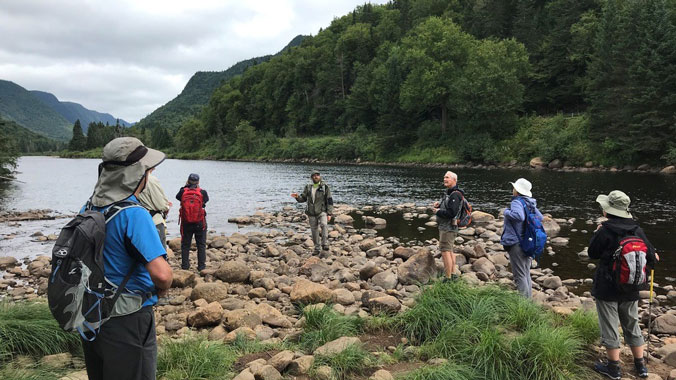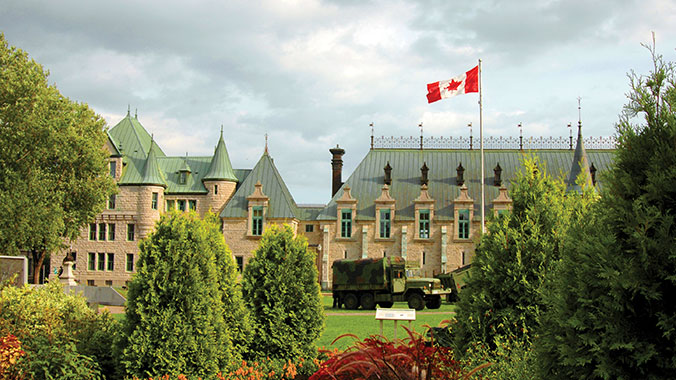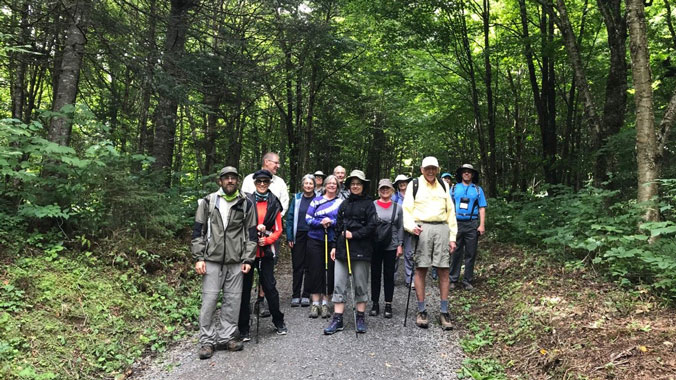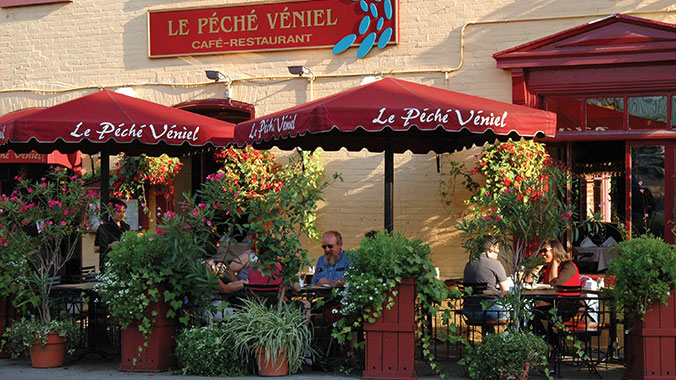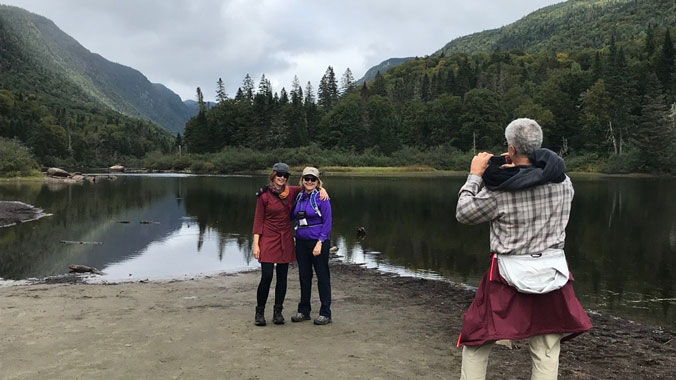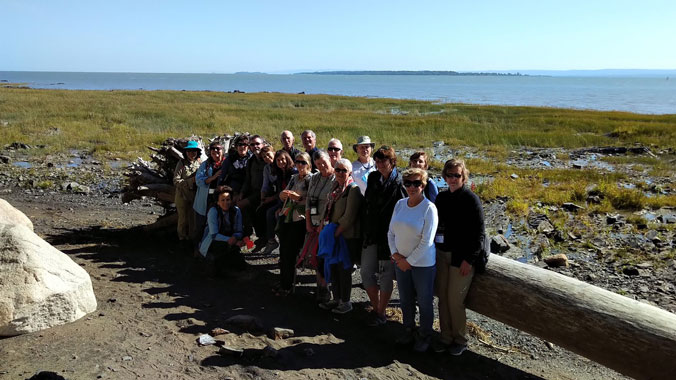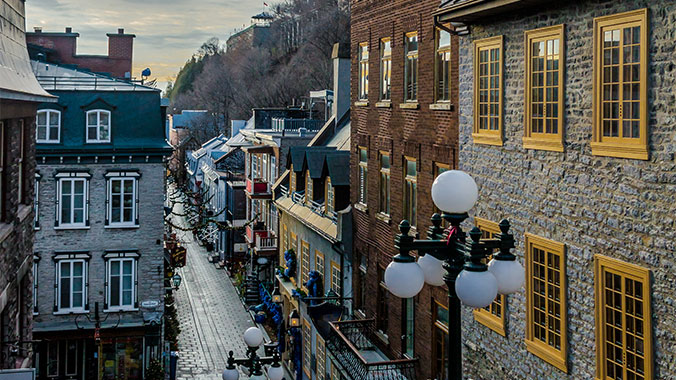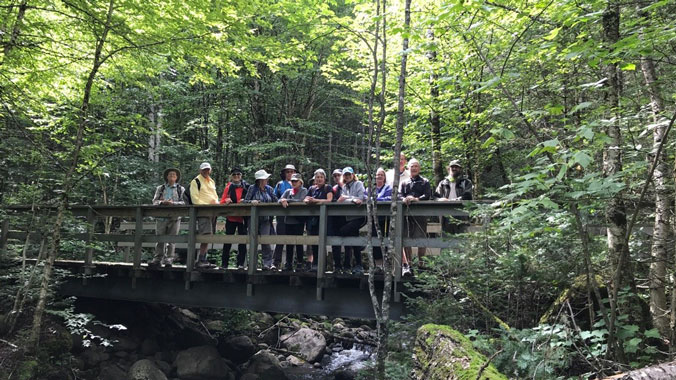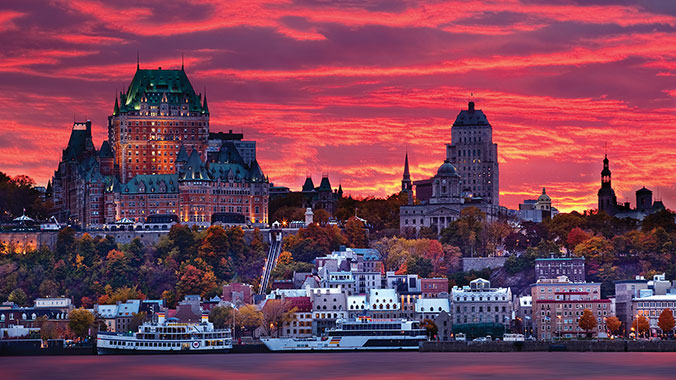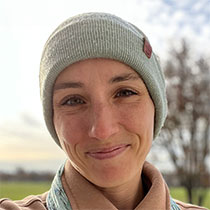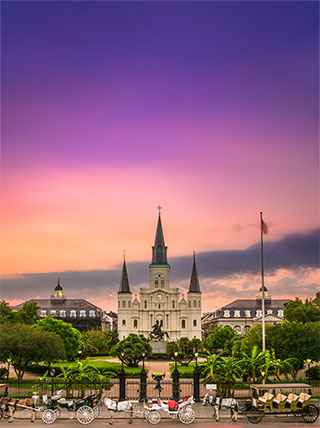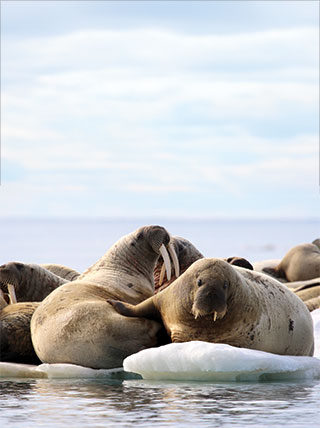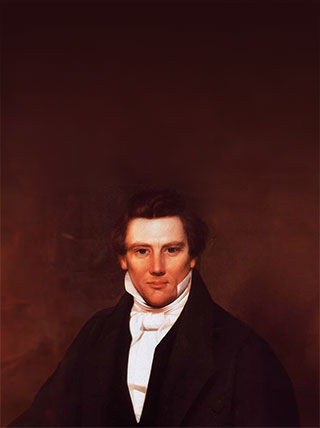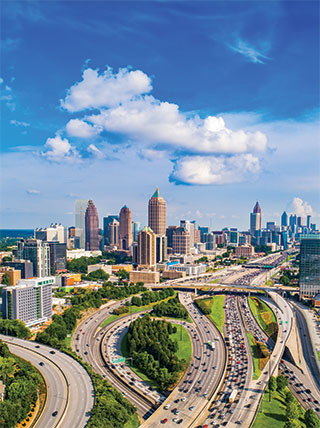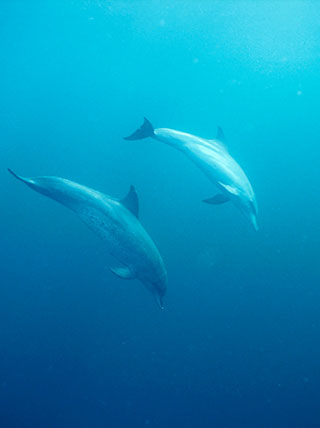Breakfast:
At the Monastery.
Morning:
We will be joined by a local expert who will give us a presentation highlighting the city's foundation and exceptional geographical location as well as present-day social and economic facets. We’ll gain an understanding of how Québec City's history contributed to the creation and development of Canada and why it was designated a World Heritage Site by UNESCO. We will then set out from the monastery lobby on our first walking field trip that will take us through the Plains of Abraham. Long before the historical battle of 1759, the area situated just outside the city wall was renowned for the diversity of its natural resources. Heading towards the east, we will climb on the fortifications for an overview of military and civil architecture. In the walled city, we will learn about the various districts marked by the presence of French, English, Scottish, and Irish who left a significant legacy of architecture, economic, and political heritage. As we reach Cap Diamond, we will have an amazing view of Québec’s natural harbor made of three ancient geological formations.
Lunch:
At the Château Frontenac, one of the landmarks of Québec City and the most photographed hotel in the world. It was named in honor of Louis de Buade, Comte de Frontenac, who served as the governor of France’s colony in Canada during the late 17th century.
Afternoon:
With our Group Leader, we will explore the lower part of Old Québec near the river — including Quartier Petit-Champlain — that represents centuries of compromises and struggle between people and geography, to facilitate defense and economic development while protecting the natural bounty of the St. Lawrence. The Quartier Petit-Champlain is the site of Québec’s first port. As one of the city’s original neighborhoods, it has gone through various periods of development, decline, and revitalization. Today, after an extensive restoration project, the district exudes an Old World atmosphere with historical architecture and buildings dating back to the 1600s, narrow streets, artisans and craftsmen, charming boutiques, and much more. Before dinner, we will gather in a local bistro for camaraderie and drinks (on your own).
Dinner:
On your own to enjoy what you like. Our Study Leader will be happy to offer suggestions.
Evening:
At leisure. Take this opportunity for independent discovery to see and do what interests you most. Our Group Leader will have suggestions for where you can go and what you can do at the time of the program.



